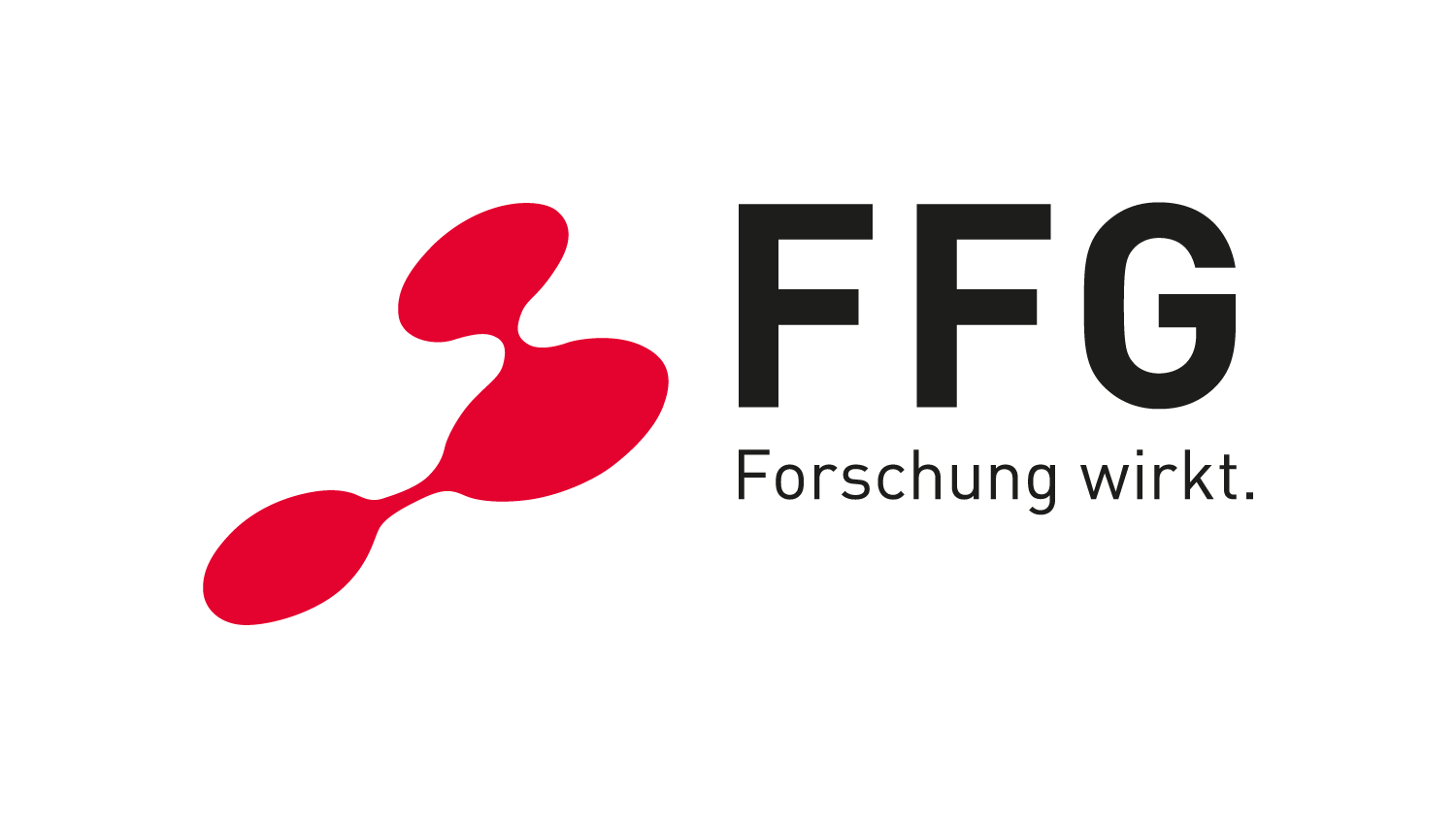Project GYRoscopes for Autonomous driving and Flight assistancE – GIRAFFE
Project GIRAFFE
Building a Health Spinout Programme and Ecosystem
Expertise level: industrial research
Keywords: gyroscopes, quantum sensing technology, aerospace industry, automotive industry
Brief background
With recent advances of autonomous driving vehicles, the demands for reliable inertial based navigation, independent of external satellite referencing are rising. A key integral part of these systems are gyroscopes: sensors capable of detecting rotations and angular velocities around three orthogonal axes. Current mass-produced MEMS based gyroscopes used in automotive applications are reaching their inherent limits of drift and sensitivity and hence do not meet the demand of navigation-grade performance1.
Activities on the project
A new twist to fundamentally better sensing performance can be leveraged by employing sensing principles relying on intrinsic quantum properties (spins) of fundamental particles. The goal of this project is to study sensing principles, based on the precession of nuclear spins and realize it in a solid-state platform. The chosen platform comprises of a diamond lattice with negatively charged NV centers and naturally abundant stable isotopes like carbon-13 and nitrogen-14. Remarkably, such a platform provides well well-isolated spin system with long coherence times and optical access to initialize and readout the spin states. The first realization of gyroscopes based on hyperpolarized 14N nuclear spins have emerged starting from 2019 and have shown promise for improved sensing capabilities2–4. Still, these systems are not mature and have therefore not yet reached the performance of atomic gyroscopes nor have they been utilized in practical applications. This offers large room for improvement at both fundamental and practical levels of research.
Project goals
The goal of the project is mainly twofold:
- The first objective is to improve the sensitivity and drift of rotation rate sensing, by developing novel improved control and readout schemes for nuclear spins in a NV center-based platform. Our target here is twofold: first to improve the sensitivity and drifts of existing polarization techniques focusing on 14N and second, to advance current research of hyperpolarization of 13C spins and to develop new quantum protocols which would allow unprecedented angular rotation rate sensitivities and accuracies.
- A second objective is to establish the bridge between TRL2-3 towards TRL5-6 and thus bring the technology out of the lab to the end-users. To this end, the key aspect is the miniaturization of optical, magnetic, RF and electronic subsystems, which will together allow the realization of compact and miniaturized gyroscopes for automotive, naval and aerospace segments. Final objective is to demonstrate the applicability of these sensors in the practical use case of automotive navigation for autonomous driving assistance.
We believe, this project will in the long run help to make the sensor system, developed in Giraffe, unique worldwide and significantly strengthen Austria’s position in the landscape of marketable quantum sensors as well as advance and accelerate the future development of ADAS systems.
General information
- Project duration: 3 years, starting March 2023
- Total project costs: 1,879,536 €
- Total project funding: 1,410,563 €
- Partners: Infineon technologies Villach (IFAT), RUAG, AVL List (AVL), 4ActiviveSystems (4AS), Cosylab d.d., University Ulm (UUlm)
Useful links:
A Control Unit for a Very Compact Quantum Gyroscope – Cosylab
This project was funded within the framework of Quantum Austria by the Austrian “Nationalstiftung für Forschung, Technologie und Entwicklung” (National Foundation for Research, Technology and Development), the FFG and FWF, with support of the Federal Ministry for Science and Research (BMBWF)



![]()
“At GIRAFFE, Cosylab will help develop the hardware and firmware of the quantum gyroscope. Ultimately, the hardware part will be able to control the NV center in the diamond. We will support two frequency outputs ranging from DC to 3.5 GHz, control the laser and data acquisition for the feedback signal. The feedback signal will be pre-processed and filtered before being passed to the software,” said Jernej Kokalj, the GIRAFFE project manager.
